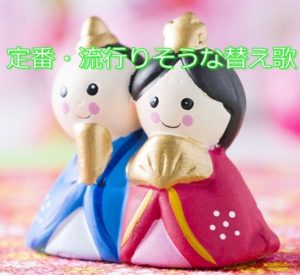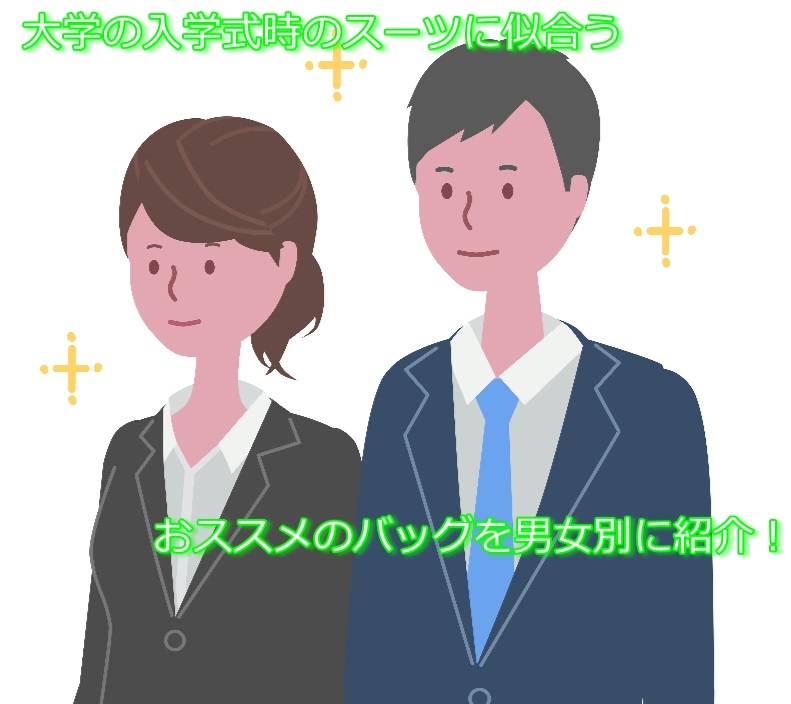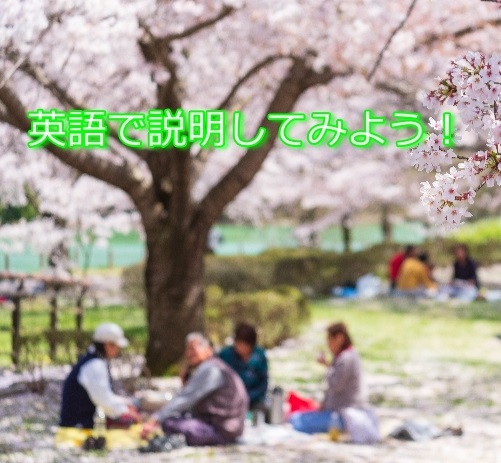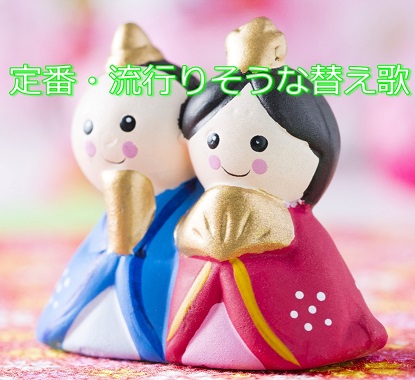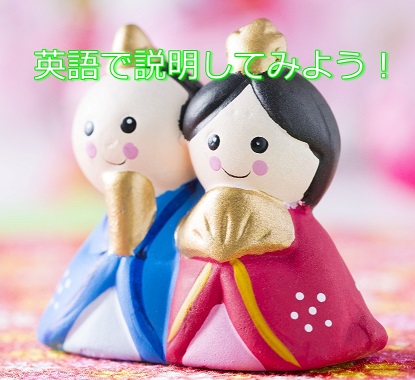
ひな祭りは紛れもない日本の文化ですよね。
最近のグローバル化した世の中で海外の人との雑談で日本の文化であるひな祭りを紹介できたらいいですよね。
また、もしかしたら中高生の英語の授業で日本独自のイベントを英語で紹介するという機会があるかもしれませんよね。
そこで今回はひな祭りとはを英語で紹介したいと思います。
ひな祭りの際に使える英語の例文
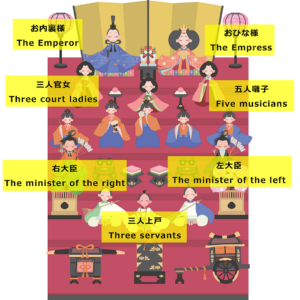
まずはひな祭りの定番を説明する英語の例文を以下に紹介します。
・ひな祭りは、女の子の成長と幸せを願う行事です。
Hinamatsuri(Doll’s Festival) is an occasion to pray for young girls’ growth and happiness.
・ひな祭りは、3月3日に行われます。
Hinamatsuri is held each year on March 3.
・女の子のいる家庭では、ひな人形を飾ります。
Most families with girls display dolls for the Doll’s Festival called Hina-ningyo.
・ひな人形は宮中の様子を表しています。
The dolls depict the imperial court.
・ひな人形には、お内裏様、お雛様、三人官女、五人囃子、右大臣、左大臣、三人上戸がいます。
A set of dolls includes the Emperor(odairi-sama), the Empress(ohina-sama), three court ladies(sannin-kanjo), five court musicians(gonin-bayashi), the minister of the left(sadaijin), the minister of the right(udaijin) and three servants(sannin-jougo).
ひな祭りの際に食べられる食べ物の英語の例文
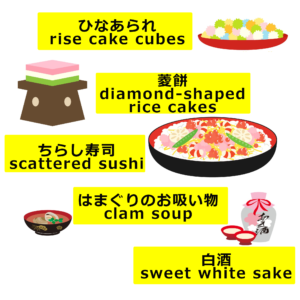
ひな祭りで食べられる定番の食べ物を説明する英語の例文を以下に紹介します。
・現在では、ひな祭りにちらし寿司、はまぐりのお吸い物、白酒、雛あられ、ひしもちなどの伝統料理を食べます。
Today, we eat traditional dishes like Scattered sushi(chirashi-sushi), clam soup, sweet white sake(shirozake), rise cake cubes(hina arare) and diamond-shaped rice cakes(hishimochi) for the Doll’s Festival.
・ひなあられは、一口サイズの甘いお米のお菓子で、その色はピンク、白、または緑です。
Hina Arare are sweet bite-sized rice crackers and their colors are pink, white and green.
・菱餅はひし形の餅のお菓子で、その色はピンク、白、または緑です。
Hishimochi are diamond-shaped rice cakes and their colors are pink, white and green.
・ひな祭りでは、ピンクは「桃」、緑は「大地」、白は「雪」を意味してると言われてます。
On Hinamatsuri, it is said that pink means peach, green means land and white means snow.
ひな祭りの迷信や昔の風習に関する英語の例文
ひな祭りには迷信や過去にあった習慣があります。
それらを英語の例文を以下に紹介します。
・昔は大きな何段もある立派なひな壇のおひなさまを飾っていました。
The Hina-ningyo dolls used to be placed on a stand with several levels like descending stairs in old days.
・日本の家は広くないため、最近では1段タイプの雛人形を飾る家庭が多いです。
Today, the doll sets are smaller with fewer dolls and as few as just one level to be suitable for Japanese houses.
・雛人形は、立春と呼ばれる時期から遅くても2月24日ころまでに飾ります。
The dolls are usually set up at around Imbolc day, or sometime by 24th of February.
・もし片付けるのが遅くなると、その子の結婚が遅くなると信じられています。
It is believed that if people put away Hina Ningyo too late, the girl will get married late in the future.
・「流し雛」と言って、紙などで作った男女一対の雛の人形を川に流す風習がある地域もあります。
There are areas in Japan where they flow a pair of paper-made Hina Ningyo dolls on a river.
・ひなまつりは中国から伝わったものが日本流になって、現代でも年に1度の行事として親しまれています。
Famous superstition says the tradition of Hina-Matsuri was brought from China, and it still has been celebrated annually in a Japanese way.
・ひな祭りの起源は平安時代中期(約1000年前)にまでさかのぼります。
The origins of hina matsuri date back to the middle of the Heian period (about 1,000 years ago).
ひな祭りの歴史も交えた英語の例文
ひな祭りの歴史も説明した英語の例文を以下に紹介します。
| 3月3日のひな祭りは、女の子の健やかな成長と幸せを祈るお祭りで、「桃の節句」とも呼ばれています。
女の子のいる家庭では、「ひな人形」と呼ばれる人形を飾ります。 昔は人形が厄払いをしてくれると信じられており、川や海に身代わりの紙人形を流していましたが、江戸時代に人形を飾るようになりました。 人形は宮中の様子を表しており、人形たちは美しい伝統的な宮中の衣装を着ています。 現在では、ひな祭りにちらし寿司やはまぐりのお吸い物などの伝統料理を食べます。 |
The Doll Festival on March 3 is a festival that prays for the healthy growth and happiness of girls,and is also called ”Momo-no-sekku” or “Peach festival”.
→that prays以下がThe Doll Festivalを説明しています。
→「or」には「または」と別の名前で言い換える用法があるので、orを使えば、日本語名と英語での説明が簡単に表現できるというわけです。
Most families with girls display dolls called Hina-ningyo.
→「called Hina-ningyo」は「dolls」を後ろから修飾しています。
In the past, it was believed that dolls would ward off evil, and substitute paper dolls were poured into rivers and the sea, but they began to be decorated in the Edo period.
→「evil」は「悪や邪悪」、「ward off」は「~を追い払う」、という意味です。
「紙人形と一緒に邪気を追い払う=厄払い」となります。
The dolls represent the state of the imperial palace, and the dolls are dressed in beautiful traditional imperial costumes.
→「be dressed in」で「身に着けている」という意味です。
現在では、ひな祭りにちらし寿司やはまぐりのお吸い物などの伝統料理を食べます。
Today, we eat traditional dishes like Chirashi Sushi and clam soup for the Doll Festival.
→ちらし寿司は「Scattered sushi」と英訳されることもあるようですが、おそらく正確なイメージは伝わらないので、Chirashi Sushiのままで構わないです。
もし相手がWhat is Chirashi Sushi?と聞いてくれれば、それが会話のきっかけになるし、英語にしにくい日本語はそのまま使うのもアリなのですよね。
今の文章をフランス語にもしてみました(笑)
Le Hina Matsuri le 3 Mars est un festival qui prie pour la croissance saine et le bonheur des filles, et est également appelé « Peach Festival ».
Dans les familles avec des filles, des poupées appelées « poupées hina » sont décorées.
Dans le passé, on croyait que les poupées repousseraient le mal, et les poupées de papier de remplacement étaient versées dans les rivières et la mer, mais elles commencèrent à être décorées à l’époque d’Edo.
Les poupées représentent l’état du palais impérial, et les poupées sont vêtues de beaux costumes impériaux traditionnels.
Aujourd’hui, ils mangent des plats traditionnels tels que des sushis chirashi et des palourdes au hina matsuri.
まとめ
いかがでしょうか。
ひな祭りは英語圏にはない文化なので英語圏の方とコミュニケーションをとる際は是非ひな祭りを英語で説明するといいでしょう。
ひな祭りの概要として重要なのは歴史や文化はもちろん食べ物や人形の名前を説明できるのがベストでしょう。
最後までお読み頂きありがとうございました。
関連記事
